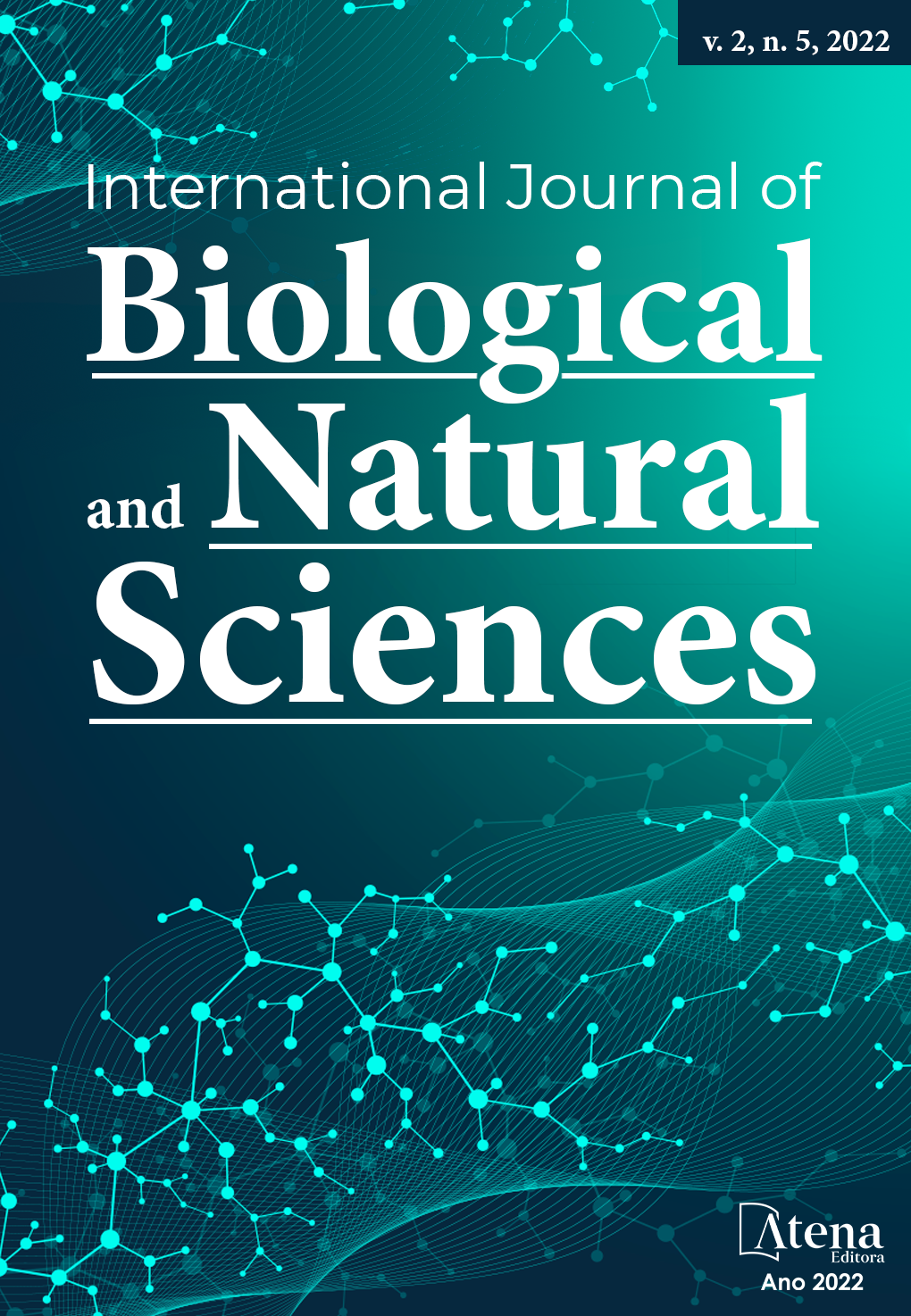
Growth of Artemia franciscana under laboratory conditions providing live and inert food
Se compararon dos diferentes dietas para estimar el crecimiento en talla y peso, así como la supervivencia de Artemia franciscana; la primera únicamente compuesta con cema y otra una combinación de cema y Pinnularia sp. Se realizó un cultivo intensivo de Artemia, bajo condiciones controladas en cuatro acuarios (3 L de capacidad), con densidad de siembra de 10 organismos/ml, temperatura de 25±1°C y salinidad de 60 ups. Los organismos de cada acuario fueron alimentados “ad libitum” por la mañana y tarde. Durante los primeros seis días a todos los acuarios se les proporcionó cema y a partir del séptimo día, a dos de los sistemas se les suministró una dieta mixta de microalgas (Pinnularia sp.) y cema. A una muestra aleatoria de 180 organismos se midió y pesó durante treinta días. Las artemias tratadas con la dieta mixta, crecieron más rápido que los de cema, siendo significativamente más grandes (longitud promedio de 0.89 cm), estas últimas vivieron menos tiempo y mediante conteos cada tercer día, la cual tuvo una tendencia a disminuir llegando a valores menores al 1% al final del experimento, en ambos tratamientos. A pesar de esto, la tasa de supervivencia de los organismos alimentados con la dieta mixta, fue dos veces mayor respecto a la de los animales mantenidos con cema. Por lo tanto, sustentar los primeros estadios de Artemia con una dieta rica en carbohidratos y posteriormente complementarla con la microalga de Pinnularia sp, favorece el crecimiento, pero no su óptimo desarrollo que permita una alta supervivencia.
Growth of Artemia franciscana under laboratory conditions providing live and inert food
-
DOI: 10.22533/at.ed.813252220072
-
Palavras-chave: Artemia franciscana
-
Keywords: Artemia franciscana
-
Abstract:
Two different diets were compared to estimate growth in size and weight, as well as the survival of Artemia franciscana; the first composed only of cema and the other a combination of cema and Pinnularia sp. For this, an intensive culture of Artemia was started under controlled conditions in four aquariums (3 L capacity), stocking density of 10 organisms/mL, temperature of 25±1°C and salinity of 60 psu. These were fed “ad libitum” in the morning and in the afternoon. During the first six days, the entire culture was provided with cema, and from the seventh day, two of the systems were fed a mixed diet (Pinnularia sp. and cema). A random sample of 180 organisms was selected and measured and weighed during thirty days. The artemias treated with the mixed diet grew faster, being significantly larger (estimated average length 0.89 cm), compared to those sustained only with cema, which lived less time and presented a low growth (estimated average length 0.20 cm). Survival was estimated by counting every third day. This always tended to decrease, reaching values less than 1% at the end of the experiment, in both treatments. Despite this, the survival rate of the organisms fed with the mixed diet was twice higher than that of the animals maintained with the mixed diet. cema. Therefore, sustaining the early stages of Artemia with a diet rich in carbohydrates and subsequently supplementing it with the microalgae Pinnulariasp favors growth but not its optimal development that allows high survival.
-
Número de páginas: 27
- José Luis Gómez-Márquez
- Fernández-Díaz, A
- Guzmán-Santiago, J.L
- Trejo-Albarrán, R


